In our last live lunch conversation, Diane Perlman and I discussed the importance of mastering the art of appreciation, how to do it, and how it can drive growth and leadership and improve organisational culture.
You can watch the 25 min recording of the session here:
Here are some 5 takeaways on mastering the art of appreciation
Studies show that when people feel they are valued, and their ideas and actions appreciated, they experience greater psychological safety. They feel more empowered, are more productive; they feel happier at work and in life.
But our brains are wired to this negativity bias and we need to actively break out of that. Practising appreciation (for ourselves and others) is a positive start to building self-esteem.
In many work and life environments, people don’t get enough credit for their work or actions. This might come from management or colleagues’ biases, bad communication habits, or simply not knowing how important appreciation is.
How it works:
The essential components required to cultivate a deep appreciation are not complicated.
They include statements that are
– genuine, authentic, and not overdone.
– Succinct, specific, and generous
Appreciation is a gift of attention that leads to stronger connections.
To enable this, as a giver of appreciation, you are providing exquisite attention, you are present in the moment, you notice what is good and you say it, briefly.
You might be inspired and reflect on consistent patterns noticed over time in the receiver and how they show up in that conversation.
Receiving appreciation is not an easy feat. As it is something quite unusual, our reactions can be surprising. We might feel embarrassed, respond, over-explain, or even deny!
But as the appreciation is a judgment-free gift, the receiver should just thank the giver, and then take the time to absorb it in their own time.
Appreciation as an Approach to Increase Allyship
Public appreciation is also a way to put (a helpful ) spotlight on to people who are often overlooked in meetings, in the community or in the workplace. Our unconscious bias has us looking at people and seeing certain things that may or may not be there because of preconceived notions and beliefs that we hold deeply and don’t even know we have. Practicing appreciation enables us to see people for what they’re bringing into particular situations. Making people count and including everyone’s value in the process, is a factor for a healthy work culture. It also gives an opportunity for someone to take the space they are due, speak up, and be heard.
Equally, we can also appreciate someone and become more of an ally by being silent and valuing their time to speak or think, without diverting the focus on us. I am thinking of a recent podcast in the House of Trust, where my guest Emilie Goodall explains it beautifully.
4 different cousins
Let’s pause for a moment and understand the difference between acknowledgment, feedback, gratitude, and appreciation.
They are close but have distinct purposes and traits.
Grab a piece of paper, draw a vertical and a horizontal line, and place each of the 4 following words on each of the squares. (*You can use this sheet to add and reflect on your own examples)

Acknowledgment is like a 2-dimensional snapshot where one recognizes a truth or a fact.
Eg: “What a great presentation you gave!
Feedback is a transactional story with an agenda, a judgment, and a performance evaluation, that places the receiver in the wider context of what they have delivered.
Eg: “Your presentation hit the spot, you delivered what was asked, and as such we can trust you. You also added some personal views and recommendations and we will see how to embed them in the future if they align with the overall strategy. Next time, maybe add more pictures!
Gratitude is a reflection of the effects of person A’s actions on person B, who is expressing gratitude. But it is not purely about person A.
Eg: Thank you! Your presentation made me realise how lucky we are to have you on board. You are adding technical strengths to our team, we are so grateful for what you’ve done for the company.”
Appreciation is a genuine gift. It requires exquisite attention, presence, the suspension of judgment, and the specific recognition of positive qualities, behaviours, and values that are showing up at the moment.
Eg: “I would like to appreciate the wise and mindful way you’ve delivered this presentation, and others as well actually. Your presence, your attention to detail but also the words you carefully choose, show you care deeply and you don’t want to leave anyone behind.”
Keep practicing recognizing the differences between all of these elements. You can use them as tools to master being present, but also deliver a purposeful message in the right context.
Some takeaways:
- Learning the art of appreciation is a powerful leadership asset for the givers and the receivers.
- Armed with the truth, people who receive appreciation develop their self-awareness and it encourages them to speak up and be heard.
- Appreciation helps build trust and connection, encourages contribution, and fosters an inclusive and positive work environment.
- It is also a powerful tool to develop allyship and build equity.
- Embedded in daily life, appreciation can lead to increased positivity, an avenue to better relationships, better engagement, a fertile ground to create better products and strengthen teams and the organisational culture.
So tell me, what was a powerful appreciation you received from a friend, a colleague, or a stranger?
I help Impact Investors and Changemakers navigate transitions & adapt to changing times, by turning insights into impactful action.
Do you love to invest in Social Change? Get my Conscious Innovation Updates
#ConsciousInnovation #WorkCulture #Appreciation #Leadership #Empathy #Allyship #TimeToThink
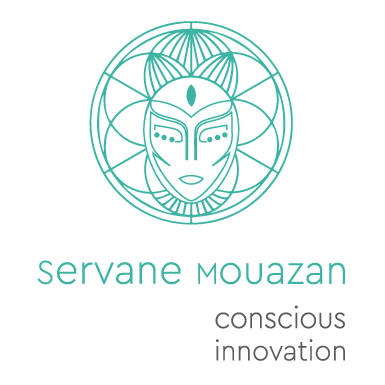
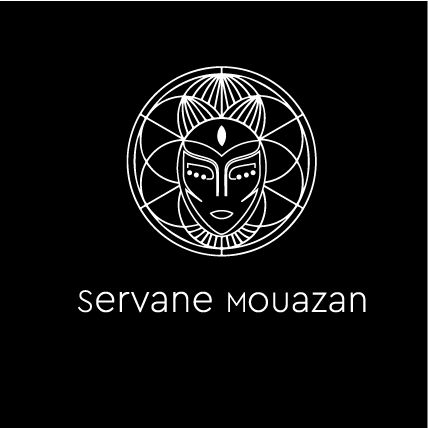
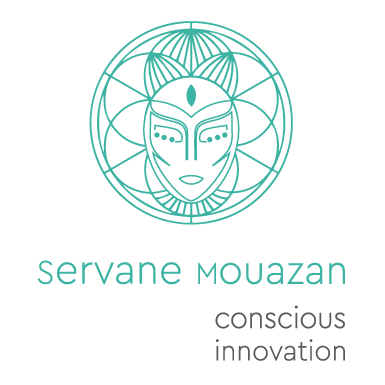
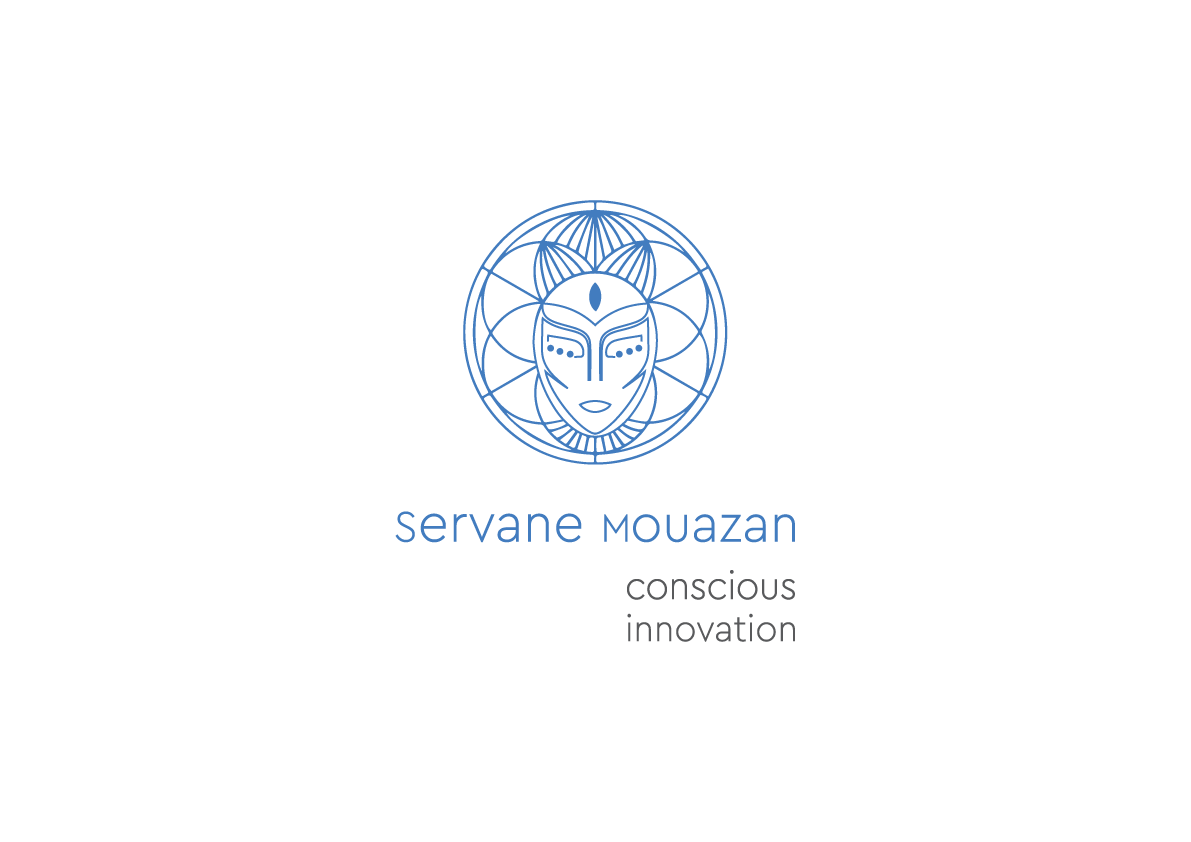

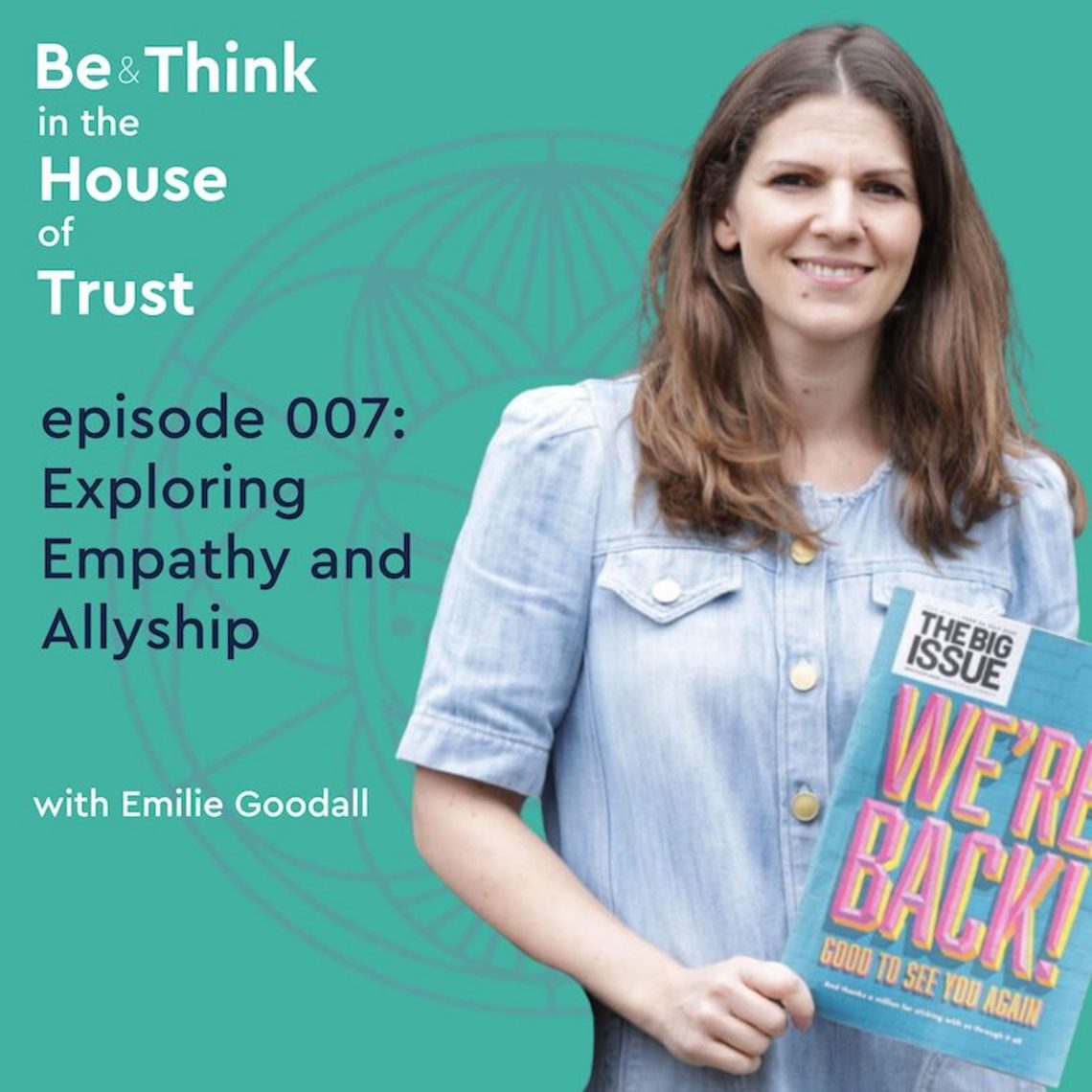

You must be logged in to post a comment.